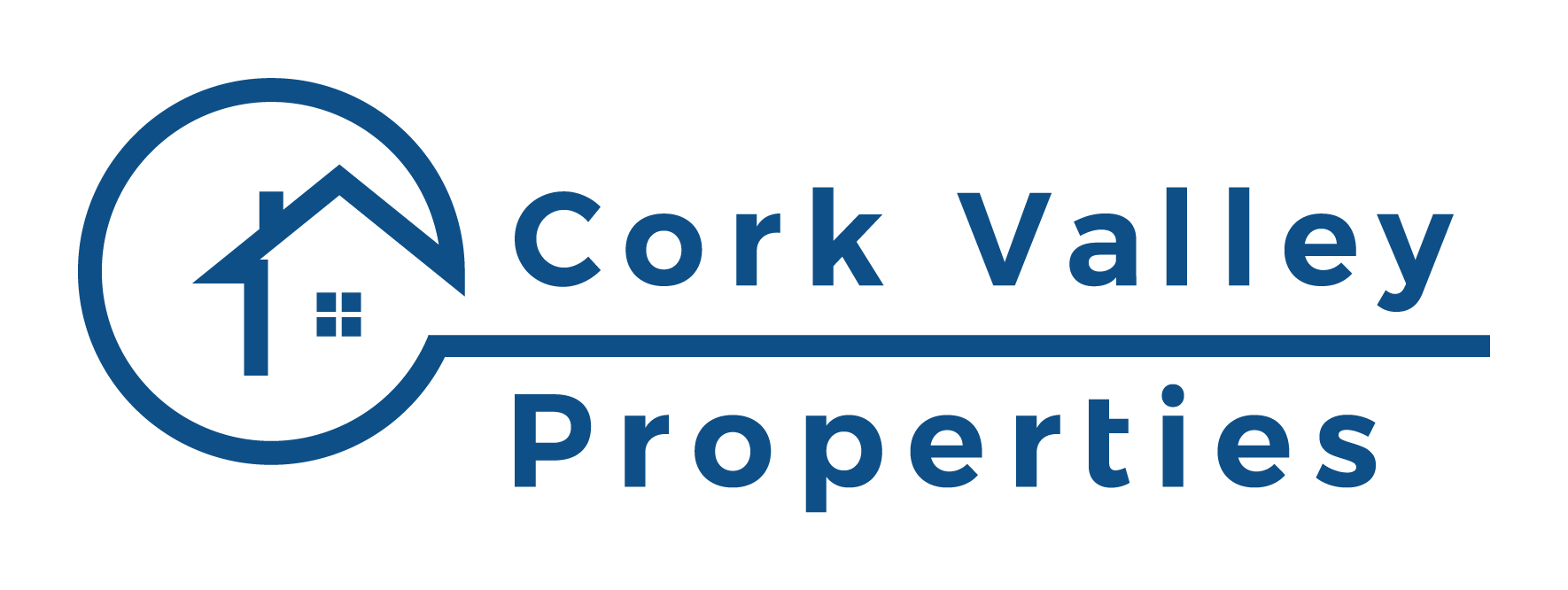To sell your home and potentially avoid paying capital gains taxes, you’ll need to meet specific requirements set by the IRS. Here’s a step-by-step breakdown:
✅ 1. Meet the Ownership and Use Test
To exclude up to $250,000 (or $500,000 if married filing jointly) of capital gains on your home sale:
- Ownership: You must have owned the home for at least 2 of the last 5 years before the sale.
- Use: You must have lived in it as your primary residence for at least 2 of the last 5 years.
These two years do not have to be consecutive.
✅ 2. Don’t Use the Exclusion Too Often
You can’t have claimed this exclusion for another home sale within the last 2 years.
✅ 3. Determine the Gain on the Sale
- Selling Price – (Purchase Price + Closing Costs + Improvements) = Capital Gain
- Improvements include things like room additions, new roof, or updated HVAC — not regular maintenance.
✅ 4. If You Qualify, Exclude the Gain
- Single filer: Up to $250,000 gain excluded
- Married filing jointly: Up to $500,000 gain excluded
If your gain is less than or equal to the exclusion amount, you owe no capital gains tax.
⚠️ Situations That May Complicate Things
- You rented out the home at any point (partial exclusion may still be possible).
- You claimed depreciation (e.g., if it was a rental property).
- You sold due to unforeseen circumstances (e.g., divorce, job relocation, health issues)—a partial exclusion may apply.
📄 What If You Don’t Qualify?
If you don’t meet the 2-out-of-5-year rule, you might:
- Owe tax on the gain at either short-term or long-term capital gains rates.
- Delay the sale to qualify later.
- Convert the property to your primary residence and wait 2 years.
💡 Pro Tip: Keep Good Records
Maintain records of:
- Purchase documents
- Receipts for home improvements
- Costs associated with buying and selling
